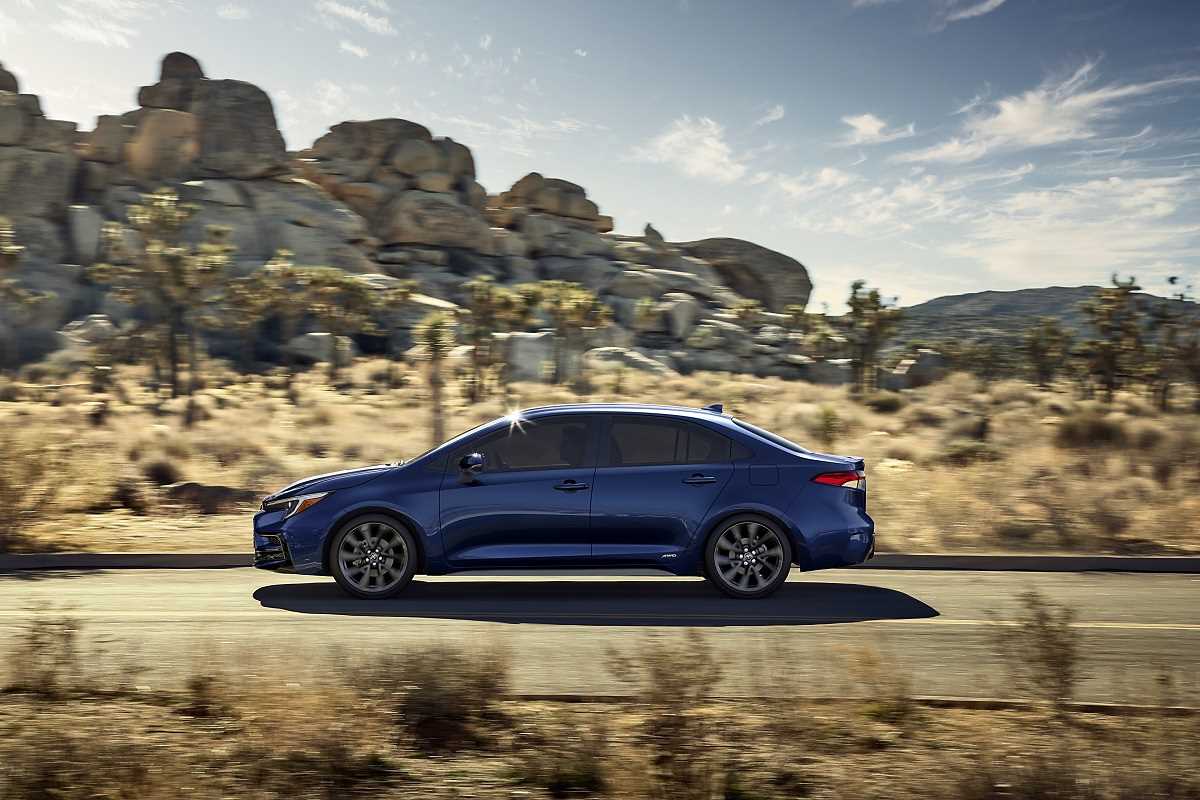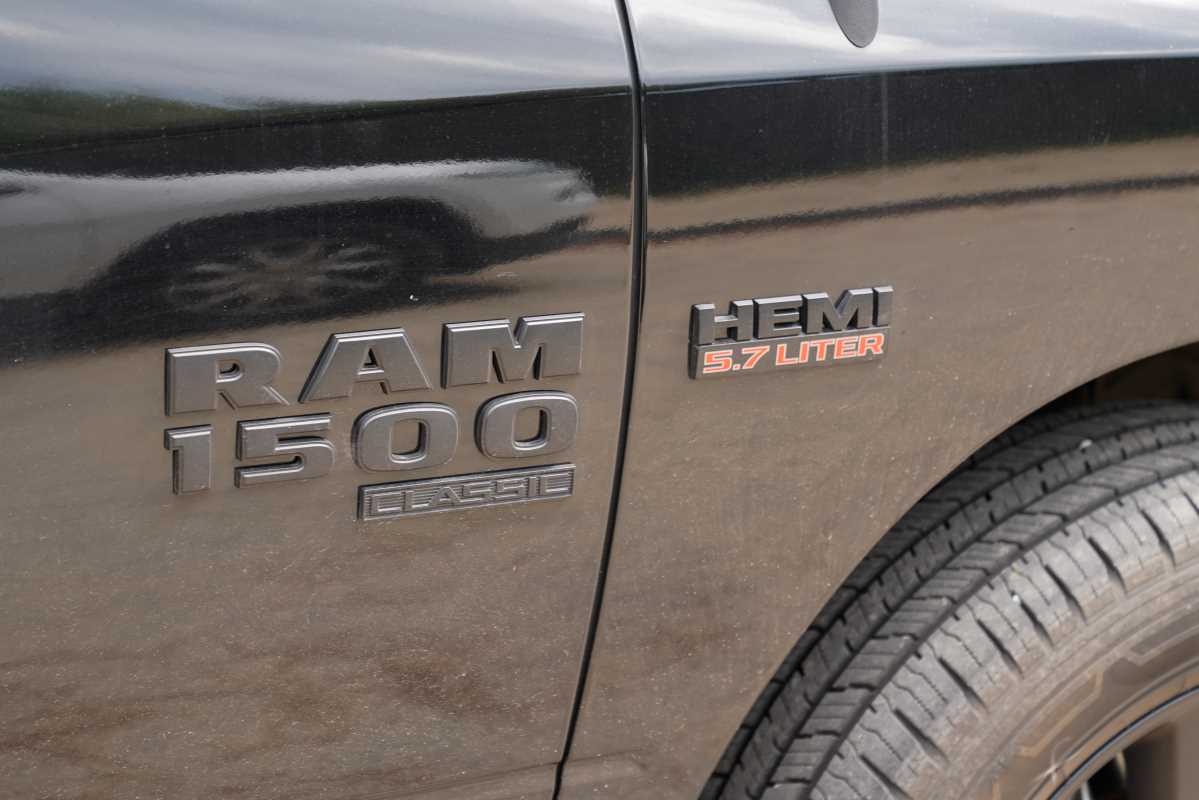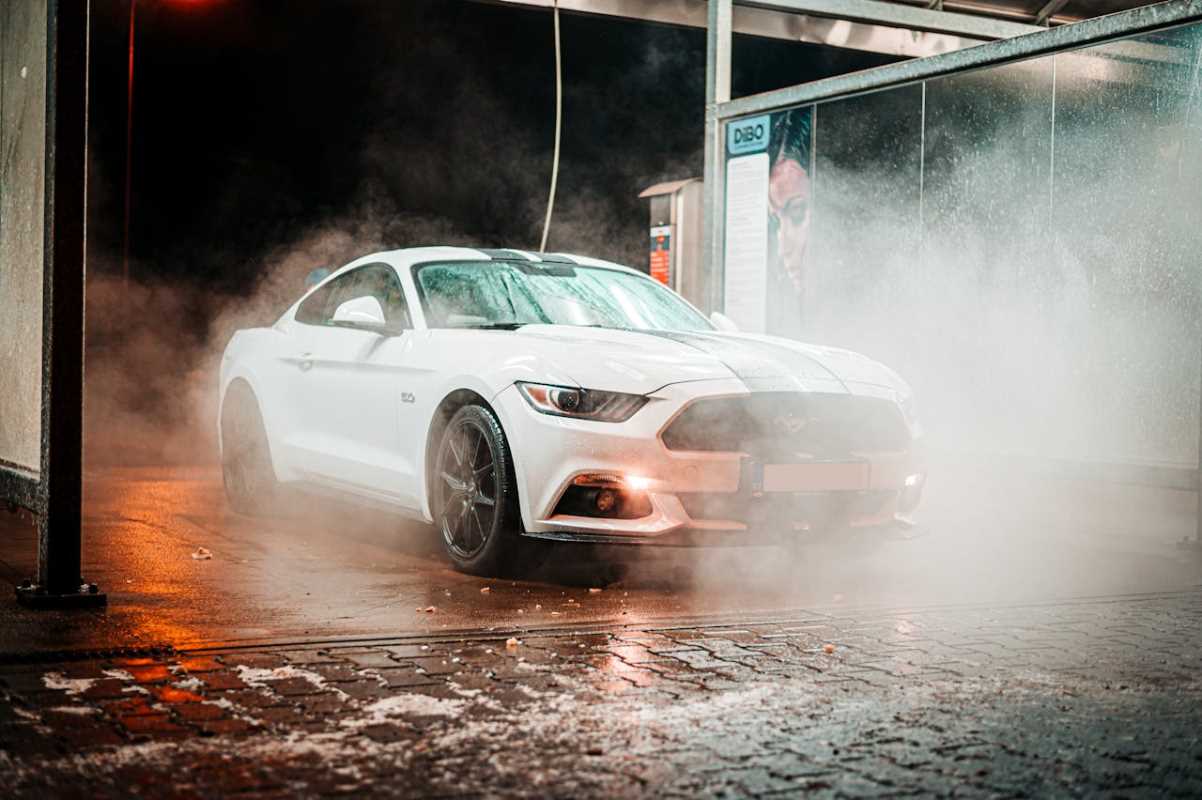The Tesla Model 3 has redefined what many people expect from a car, blending cutting-edge technology, impressive performance, and electric efficiency into one compelling package. As more of these groundbreaking vehicles enter the used market, the opportunity to own one becomes more accessible than ever. Diving into the world of pre-owned electric vehicles, especially a Tesla, can feel a little different from buying a traditional car. It's a journey that’s exciting but comes with its own set of unique things to consider. We’ve got you covered with this guide, designed to walk you through everything you need to know about buying a used Model 3, helping you make a choice that you’ll feel great about.
Understanding the Model 3 Lineup
The Tesla Model 3 first launched in 2017, and since then, it has been available in a few key configurations. Knowing the differences between them is the first step in finding the right car for you. Your choice will affect the car’s range, performance, and features.
The Main Variants
- Standard Range and Standard Range Plus (SR/SR+): These are the entry-level, rear-wheel-drive (RWD) versions. They offer the lowest range but are also the most affordable. They are a fantastic choice for city commuters or anyone who doesn't frequently take long road trips. Their lighter weight also makes them feel particularly agile and fun to drive.
- Long Range (LR): This variant is often seen as the sweet spot in the lineup. It features a larger battery for a significantly longer driving range and comes standard with a dual-motor all-wheel-drive (AWD) system. The second motor also provides quicker acceleration, making it a powerful and practical choice for almost any driver.
- Performance: This is the top-tier Model 3. It uses the same dual-motor AWD system and large battery as the Long Range but is specially tuned for maximum acceleration. With a 0-60 mph time that rivals supercars, this model is for the driver who craves thrilling performance. It also includes upgraded brakes, a carbon fiber spoiler, and larger wheels.
It’s good to know that Tesla has made continuous updates over the years. For example, models made from late 2020 onward feature a redesigned center console, a heat pump for better cold-weather efficiency, and other cosmetic updates.
The Most Important Factor: Battery Health
With any electric vehicle (EV), the most critical component to evaluate is the battery. The battery pack determines your car’s driving range, and like all batteries, it experiences some degradation over time. This means a used Model 3 will likely have slightly less range than it did when it was brand new. The good news is that Tesla's batteries are known for their durability.
How to Check Battery Health
Unfortunately, Tesla doesn't provide a simple "battery health" percentage like your smartphone does. However, you can get a good estimate. The best way is to charge the battery to 100% and see what the car displays as its total estimated range. You can then compare this number to the original EPA-estimated range for that specific model year and trim. A small reduction of 5-10% is normal for a car with a few years and miles on it.
A significant drop in range could be a red flag, so it's a good idea to research the original range of the exact model you are looking at. A pre-purchase inspection at a service center familiar with EVs can also provide a more detailed diagnostic report.
Warranty Considerations
Every Tesla Model 3 comes with an 8-year warranty on the battery and drive unit. The mileage limit varies: 100,000 miles for Standard Range models and 120,000 miles for Long Range and Performance models. This warranty protects against total failure and significant degradation. Checking how much time and mileage is left on this warranty can provide valuable peace of mind.
Software, Autopilot, and Connectivity
A Tesla is often described as a computer on wheels, and its software is a huge part of the ownership experience. Unlike traditional cars, Teslas receive regular over-the-air (OTA) software updates that can add new features, improve performance, and enhance the user interface.
Autopilot and Full Self-Driving
Every Model 3 comes with a standard safety suite called Autopilot, which includes features like adaptive cruise control and lane-keeping assist. Some cars will have been purchased with optional upgrades:
- Enhanced Autopilot (EAP): This adds features like Navigate on Autopilot (which suggests and makes lane changes on the highway), Autopark, and Summon.
- Full Self-Driving Capability (FSD): This includes all the features of EAP plus Traffic Light and Stop Sign Control. It is important to know that FSD is still a work in progress and does not make the car fully autonomous.
When buying used, it's crucial to confirm which software package is tied to the car. These features are linked to the vehicle's VIN, so they should transfer to the new owner. You can verify this in the "Software" section of the car's main touchscreen.
Premium Connectivity
Tesla offers a subscription service called Premium Connectivity, which provides access to live traffic visualization, satellite-view maps, and media streaming services. Some earlier Model 3s came with this service for life, while newer ones include a trial period. It’s a good idea to check the status of this subscription, as you may need to pay a monthly fee to keep these features active.
Inspecting a Used Tesla Model 3
While a Model 3 doesn't have an engine, oil, or spark plugs, there are still important things to check during an inspection. The car's minimalist design means that build quality issues can sometimes be more apparent.
Build Quality and Condition
Take your time walking around the car. Look for inconsistent panel gaps, which were more common on earlier models. Check for any paint imperfections or mismatched colors that might indicate a previous repair. Inside, inspect the vegan leather seats for any unusual wear or staining.
Test all the electronic features. Open and close all the doors using both the flush handles and the interior release buttons. Make sure the large central touchscreen is responsive and free of any discoloration or "yellow banding" around the edges, an issue seen on some older screens.
Common Mechanical Checks
Even without an engine, there are mechanical parts to consider. Listen for any creaking or rattling noises from the suspension when driving over bumps, as control arms can be a wear item. Check the tire condition and brand. High-performance electric cars can be hard on tires, and replacing them can be a significant cost. Finally, test the brakes. While EVs use regenerative braking for much of their slowing, the physical brakes are still important for safety.
 (Image via
(Image via





